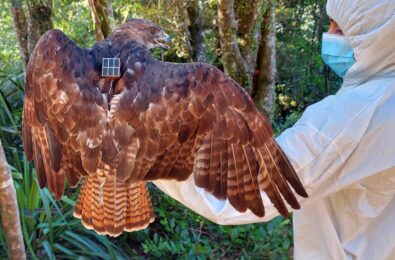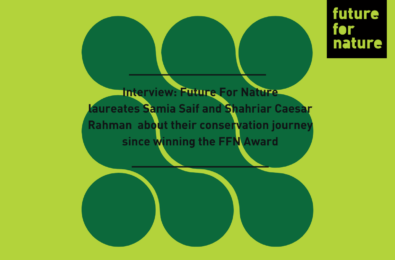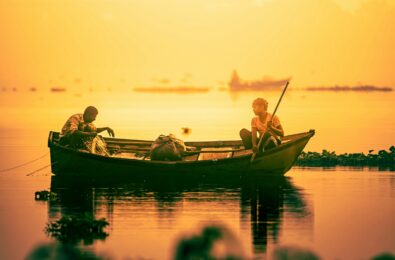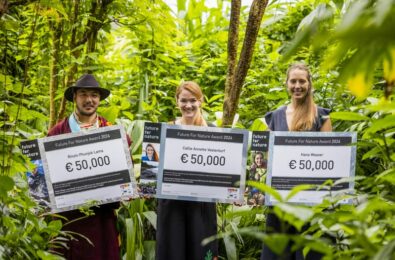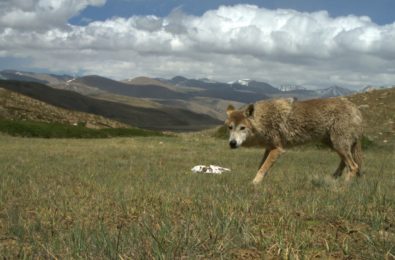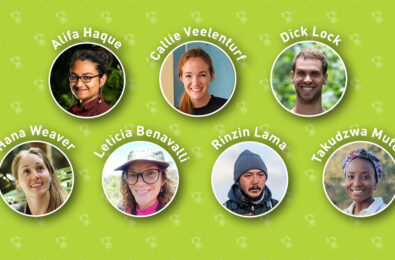Flowers in the desert: the biggest rescue operation in years in South Africa
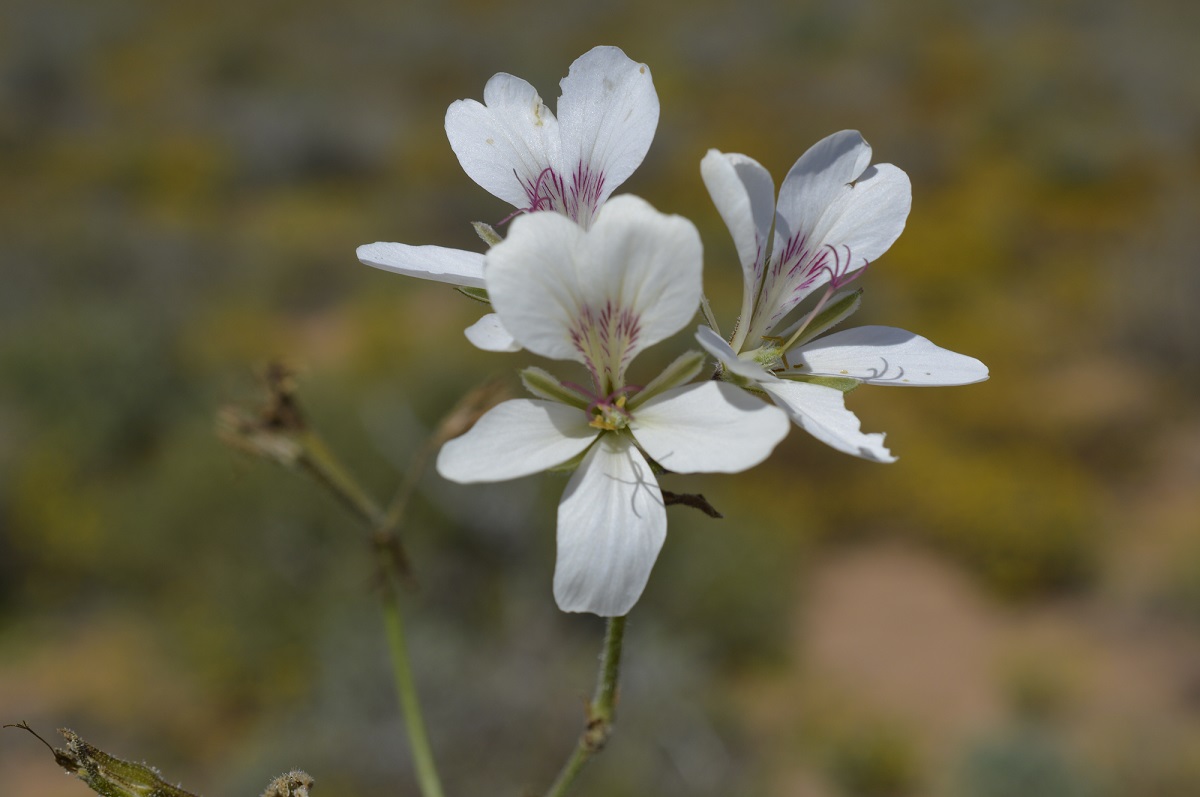
The recently discovered new Pelargonium species belonging to the geranium family (photo via Pieter van Wyk)
In the northwest of South Africa, on the border with Namibia, lays a beautiful desert area: the Richtersveld. It is the driest area in the Northern Cape, but home to 30% of all South Africa’s succulent plant species. It is the area where Pieter van Wyk grew up and now dedicates his life to: since his childhood Pieter is studying and protecting this South African flora.
During his lifetime (he is 35), Pieter has seen the area change. Climate change is causing different precipitation patterns and is changing the distribution of plant species, threatening some in their existence. Yet, more threats are on the rise. Pieter is witnessing an unexpected and highly alarming increase in poaching.
Illegal plant trafficking has taken over rhino poaching and abalone smuggling, as it is easier and safer, with less risk for the poachers. The demand is high–most plants go to China and from there part is transported to several European countries. To give an example of the scale: a few months ago, the police confiscated almost half a million plants of rare species in ten days.
Richtersveld Desert Botanical Gardens & Nursery
The confiscated plants, if still alive, will go to botanical gardens in the country. Pieter established one of such institutions, the Richtersveld Desert Botanical Gardens & Nursery, supported financially by SANParks and SANBI. The first goal of this institute however, is to be a living gene bank and storage for seeds and plants of endangered or even extinct species. The collection of plant species provides a backup for future reintroductions. Additionally, it also is an educational centre for local people and a provider of jobs.
Creating awareness about threats to desert plants and the Richtersveld area
Sadly, there are more threats to the desert plants and therefore more work for Pieter and his team. The Richtersveld area is of interest for development projects. Specifically, the mining and green energy industries are lobbying to be allowed to build in the area. The intended projects vary from mass wind farms, mass solar farms and green hydrogen plants to smelteries and refineries of metals, gas and oil.
Pieter puts in a lot of effort and time to work with the authorities to shift the impact of the green energy projects to the lowest biodiversity parts of the region and to areas that are disturbed in some way already by earlier projects. Pieter is aware that South Africa is facing an energy crisis and that wind farms are far better than fossil energy. At the same time, he is calling attention to all parties, that it is necessary to shift and decrease the footprint of these projects.
Successes include the discovery of a new Pelargonium species
In the past year, there were successes in several ways. Pieter discovered a new species, that later was confirmed to be a Pelargonium belonging to the geranium family. Pieter: “The flowers are giant, the largest in the genus I have ever seen in the Richtersveld region.” It was in the area of a planned wind farm and the species might go extinct, because it has a very small distribution range (as is often the case with desert plants). Pieter is now consulted by the investors of this project and they are willing to relocate the windfarm to save the Pelagonium from going extinct.
The projects for mining and the planned refineries will have a devastating effect on the Richtersveld environment. Pieter is fighting hard to save specific areas. For example, for the location where Pieter discovered the new species of Pelargonium, a rock mining application is pending. This rock is intended to be used as building material for the scheduled Boegoeberg Port development. Pieter is currently working to prevent this application from being approved for the proposed area. This takes a long breath, as the process is slow due to complicated permits and governmental protocols.
Collaboration and a positive spirit: we cannot give up the fight!
Thus far, Pieter’s endless efforts to stop or reduce the impact from mining in sensitive areas have saved many succulents and other plants from destruction. Pieter and his team work to involve local communities and have them grow endangered flora in their gardens to support wild populations that are being threatened. This will help preserve the species in their natural habitat, while also generating an income for locals.
For all Pieter’s passion and drive, he does feel there are limits to what he can do. He works tirelessly, but knows that it is necessary to draw a line in the face of what he can handle. Despite the enormous task on his shoulders, Pieter’s spirit is positive: “We need to make a stand for conservation and cannot give up the fight!”
Written by Antoinette Bakker
For more information about Pieter’s work, please visit his page on our website.







